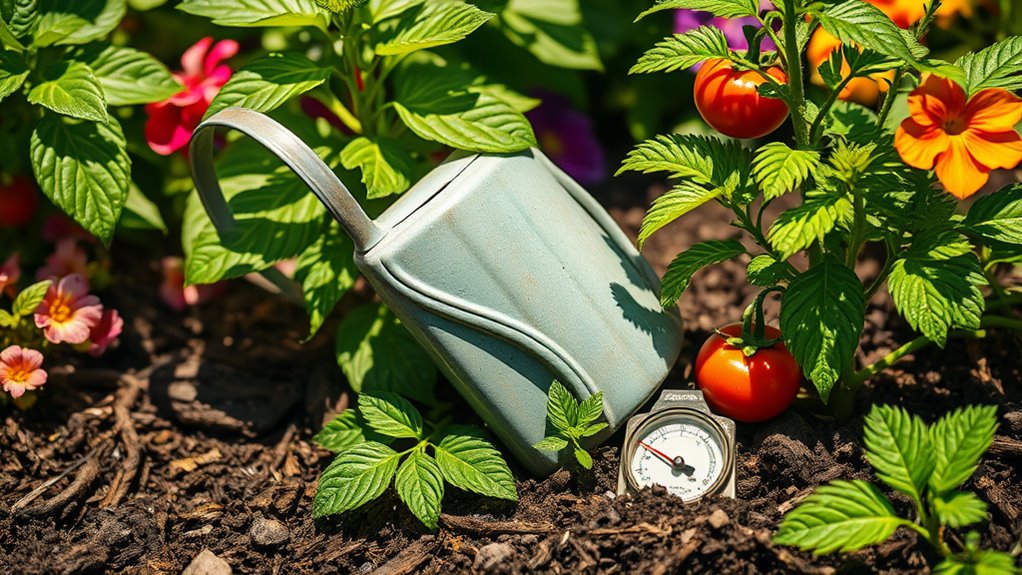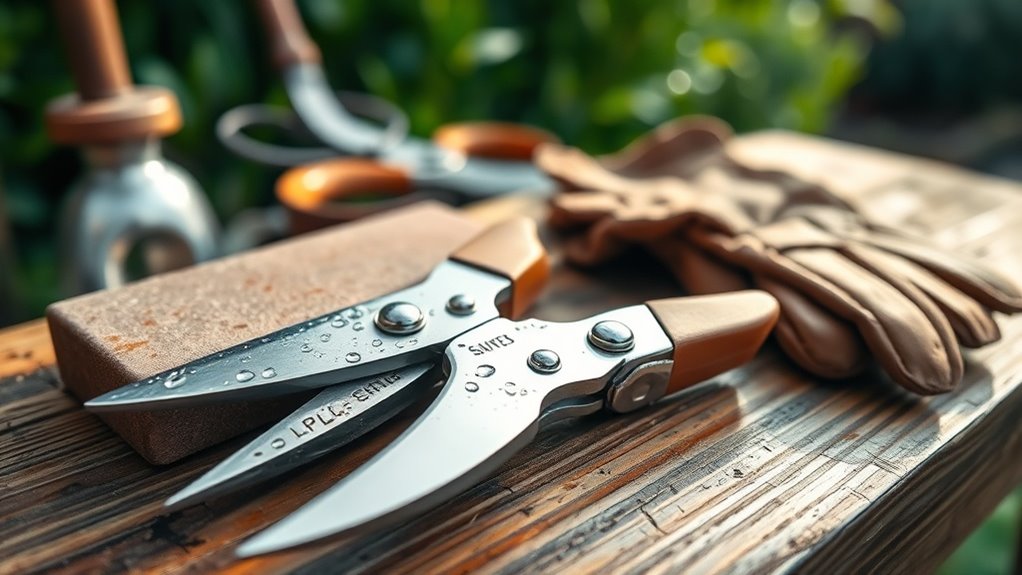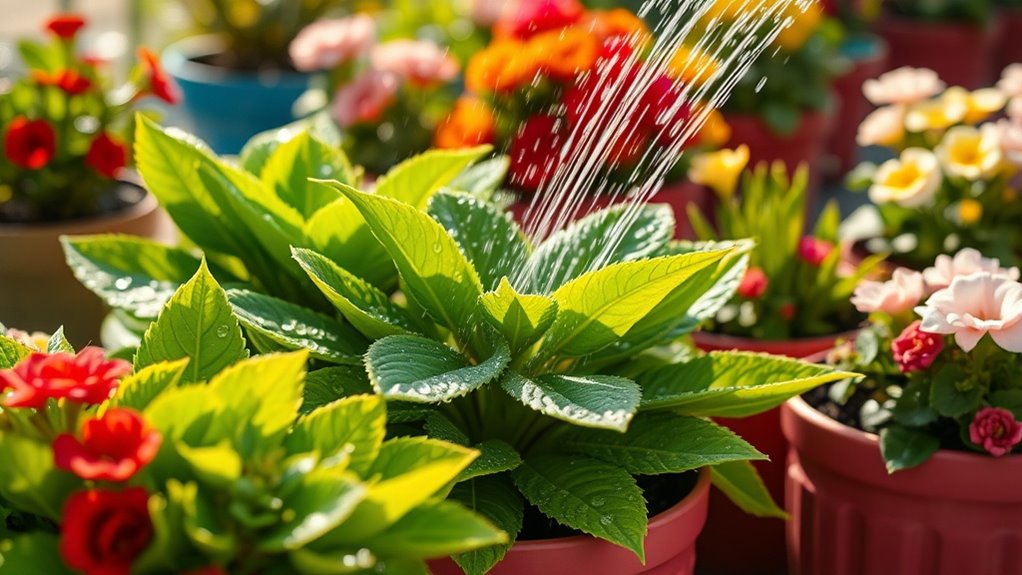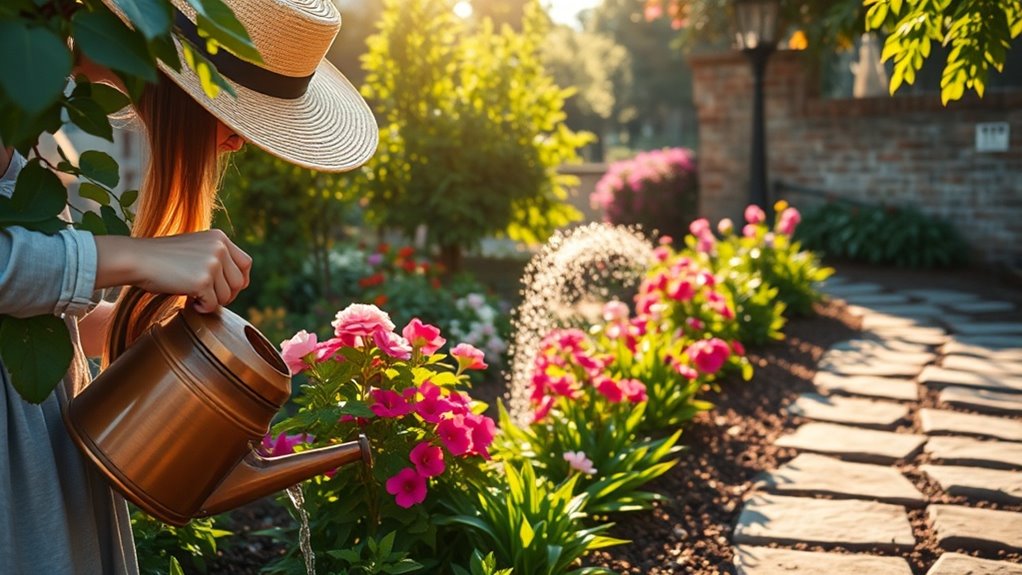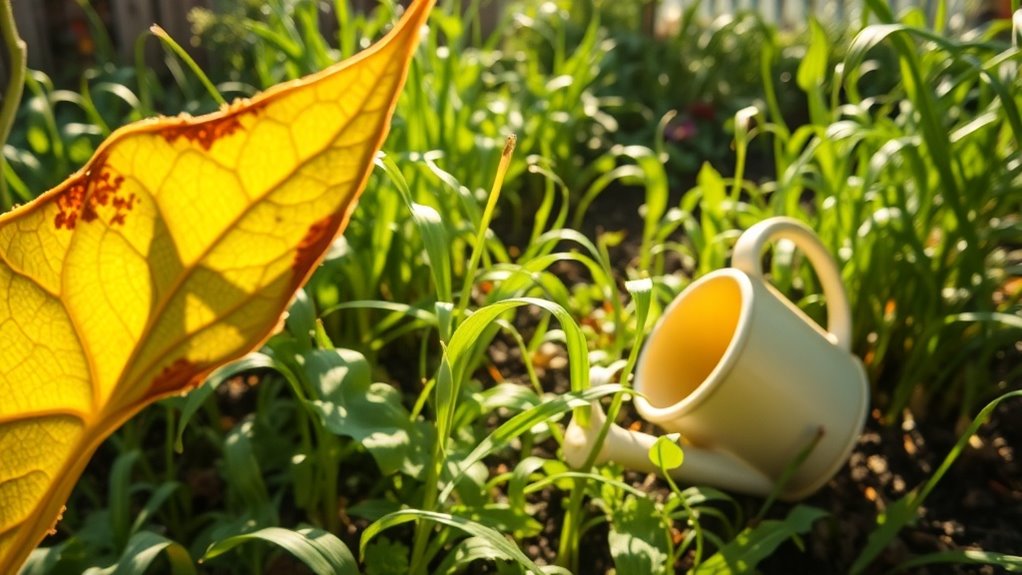How Often Should You Really Water Your Garden. Here’s the Answer
Water your garden based on its needs, assess the soil, and consider the climate. Each garden is unique, influenced by various factors like soil type and plant varieties. Understanding these elements is crucial for effective watering. If you’re unsure how often to water, you’re not alone. Let’s explore the key factors that determine your garden’s watering schedule and ensure your plants thrive.
Key Takeaways
- Assess your soil type to determine drainage and adjust watering frequency accordingly, as sandy soils dry out faster than clay.
- Monitor your plants for signs of thirst, like wilting or yellowing leaves, to gauge watering needs.
- Consider local climate conditions and seasonal changes to develop a tailored watering schedule.
- Prioritize deep, infrequent watering sessions to encourage strong root growth and nutrient uptake.
- Group plants by their specific water needs and adjust based on sunlight exposure and rainfall patterns.
Understanding Your Garden’s Water Needs
How do you determine the water needs of your garden?
Start by assessing your soil type, as sandy soils drain quickly while clay retains moisture.
Observe your plants; wilting or yellowing leaves signal a lack of water.
Establish a watering schedule for your garden based on these observations and local climate conditions.
Consider using a moisture meter to gauge soil dampness accurately, ensuring you avoid overwatering or underwatering.
Regularly adjust your schedule as seasons change, taking into account rainfall. Additionally, pay attention to the ideal watering schedule, which varies depending on the type of plants and their specific needs.
Factors That Influence Watering Frequency
What factors should you consider when determining how often to water your garden?
First, assess the climate—hot, dry conditions increase evaporation rates, requiring more frequent watering.
Next, evaluate your soil type; sandy soils drain quickly, while clay retains moisture longer.
Also, consider the types of plants you’re growing, as some have higher water needs than others.
Additionally, observe sunlight exposure; shaded areas retain moisture longer than sunny spots.
Lastly, monitor rainfall; if it’s been rainy, you might need to water less.
Each of these factors plays a crucial role in creating an effective watering schedule for your garden. Additionally, understanding optimal watering times can further enhance plant health and growth.
Best Practices for Watering Techniques
When watering your garden, it’s crucial to focus on depth rather than frequency; deep watering encourages strong root growth. Additionally, the timing of your watering sessions can significantly impact water retention and plant health. To further optimize your watering strategy, consider seasonal watering tips that can help you reduce water usage while ensuring your plants thrive.
Watering Deeply and Infrequently
Why is watering deeply and infrequently often more effective than frequent, shallow watering?
When you water deeply, you encourage roots to grow deeper into the soil, fostering resilience during dry spells.
Shallow watering, on the other hand, promotes surface roots, making plants more susceptible to drought.
Additionally, deep watering ensures moisture reaches the entire root zone, enhancing nutrient uptake.
It reduces evaporation losses, allowing your garden to thrive with less water.
Timing and Frequency Matters
Successfully managing your garden’s water needs hinges on understanding the timing and frequency of your watering routine.
Water early in the morning or late in the afternoon to minimize evaporation and allow plants to absorb moisture effectively.
Aim for deep watering sessions every few days rather than daily light watering; this encourages deeper root growth.
Monitor weather conditions, adjusting your schedule based on rainfall and temperature.
Remember, different plants have varying requirements; group them accordingly.
Signs Your Plants Need Water
How can you tell if your plants are thirsty? Look for these key signs:
| Signs | What to Observe | Action Needed |
|---|---|---|
| Wilting leaves | Leaves droop or curl | Water immediately |
| Dry soil | Soil feels hard to the touch | Check moisture levels |
| Leaf color changes | Leaves turn yellow or brown | Assess watering routine |
If you notice these indicators, it’s time to hydrate. Plants require consistent moisture for optimal growth, so staying vigilant helps ensure they thrive. Regularly checking for these signs can save your plants from stress and promote a healthy garden. Additionally, be aware of signs of overwatering as too much water can also harm your plants.
Seasonal Considerations for Watering
As the seasons change, your garden’s watering needs will fluctuate.
In spring, rain patterns can provide natural moisture, while summer often brings heat waves that require more frequent watering. During the fall, it’s important to consider seasonal garden tips to help your plants prepare for winter dormancy.
Spring Rain Patterns
When do spring rain patterns significantly influence your garden’s watering needs?
As temperatures rise and days lengthen, you’ll likely experience varying rainfall. In regions with consistent spring showers, your garden may require less supplemental watering.
Monitor rainfall amounts and soil moisture carefully.
If rain is sparse, you may need to supplement with irrigation to keep plants thriving.
Conversely, too much rain can lead to waterlogged soil, prompting you to adjust your watering schedule accordingly.
Pay attention to weather forecasts and soil conditions to ensure your garden receives the right amount of water during this critical growth phase.
Summer Heat Waves
What strategies can you employ to keep your garden thriving during summer heat waves? First, consider watering early in the morning or late in the evening to minimize evaporation. Use mulch to retain moisture and regulate soil temperature.
| Strategy | Benefit |
|---|---|
| Water early/late | Reduces evaporation |
| Apply mulch | Retains soil moisture |
| Deep watering | Encourages deep root growth |
| Monitor plant health | Adjust watering accordingly |
Fall Drying Trends
Typically, fall brings a shift in weather patterns that can lead to drier conditions, impacting your garden’s watering needs.
To adapt effectively, consider these factors:
- Temperature Drops: Cooler air can reduce evaporation rates, but don’t assume plants need less water.
- Soil Moisture: Monitor soil moisture closely; it may dry out faster than expected, especially with wind.
- Plant Dormancy: Some plants start to go dormant, requiring less water, while others may still need regular hydration.
Common Watering Mistakes to Avoid
Many gardeners unknowingly make critical watering mistakes that can jeopardize plant health.
Overwatering, for instance, leads to root rot and diminishes oxygen availability. Conversely, underwatering stresses plants, causing wilting and stunted growth.
It’s also common to water at the wrong time; early morning is ideal to minimize evaporation.
Additionally, not adjusting watering based on weather conditions can lead to imbalances—hot, dry days require more moisture.
Lastly, neglecting to check soil moisture can result in either extreme. Understanding the importance of avoiding overwatering is crucial for maintaining healthy plants.

